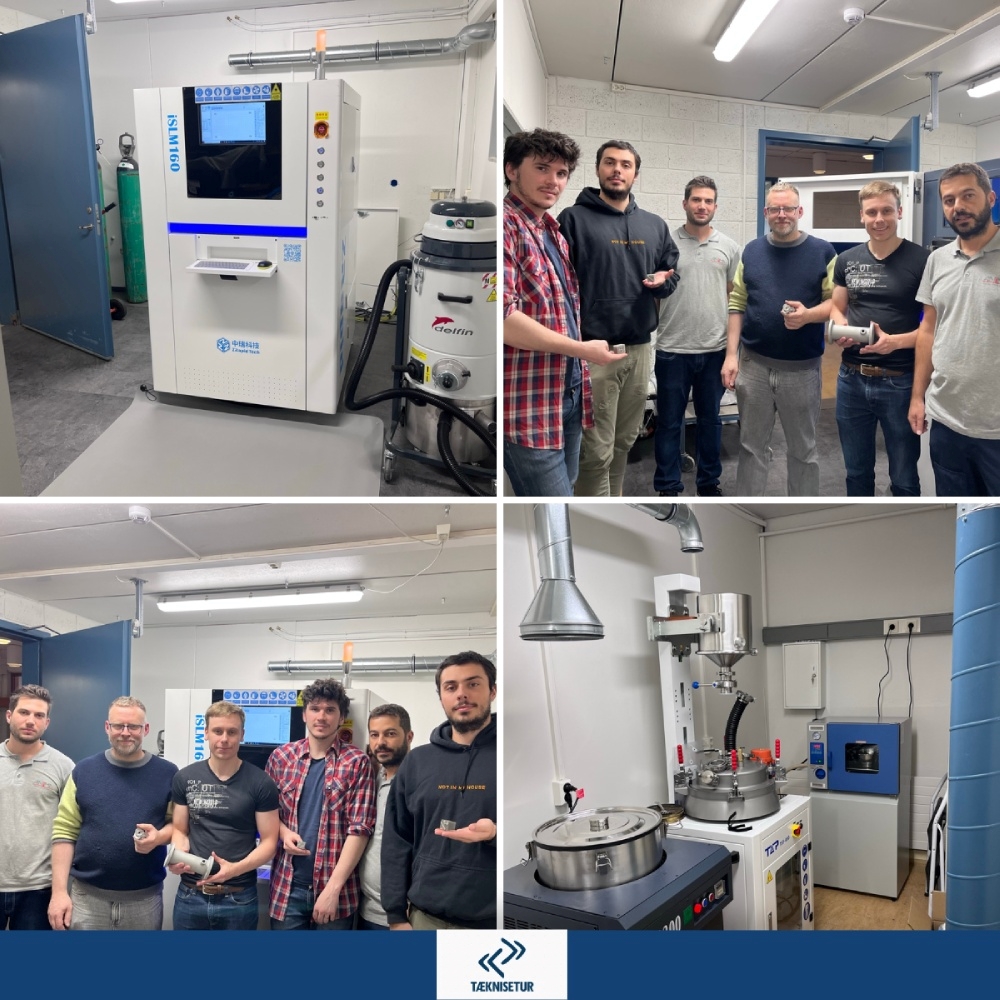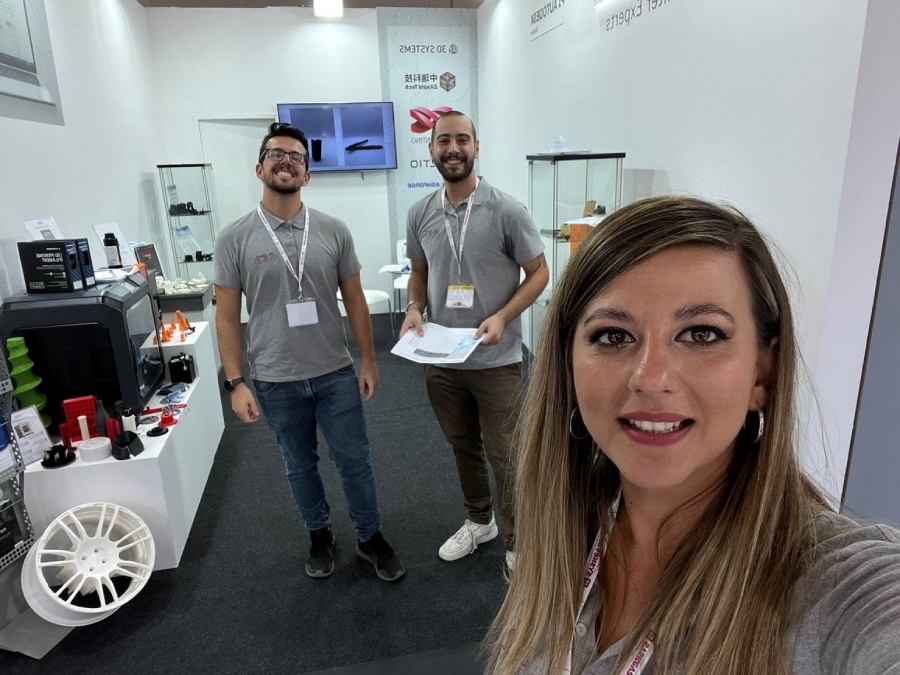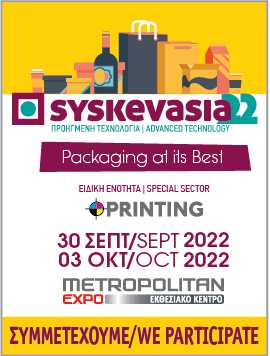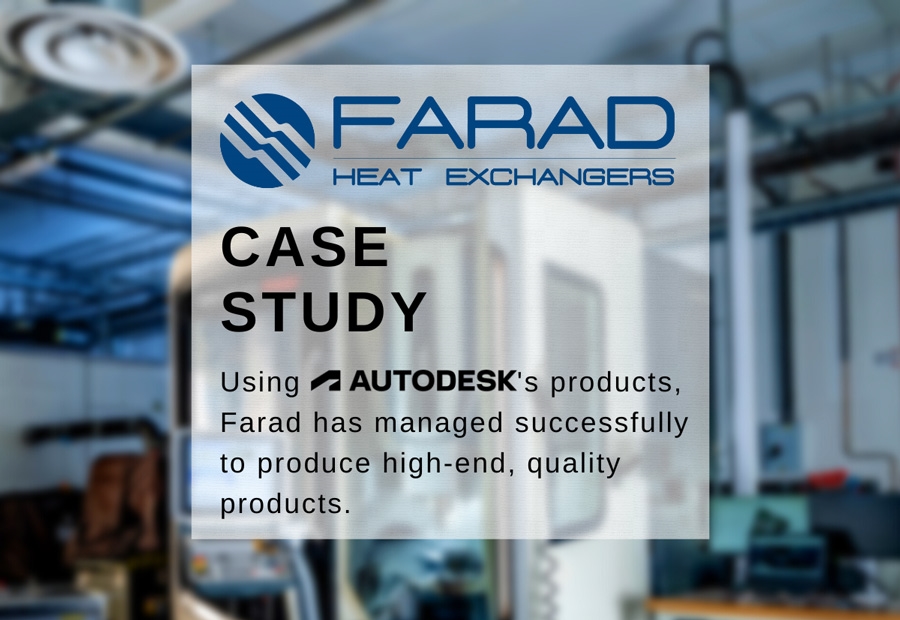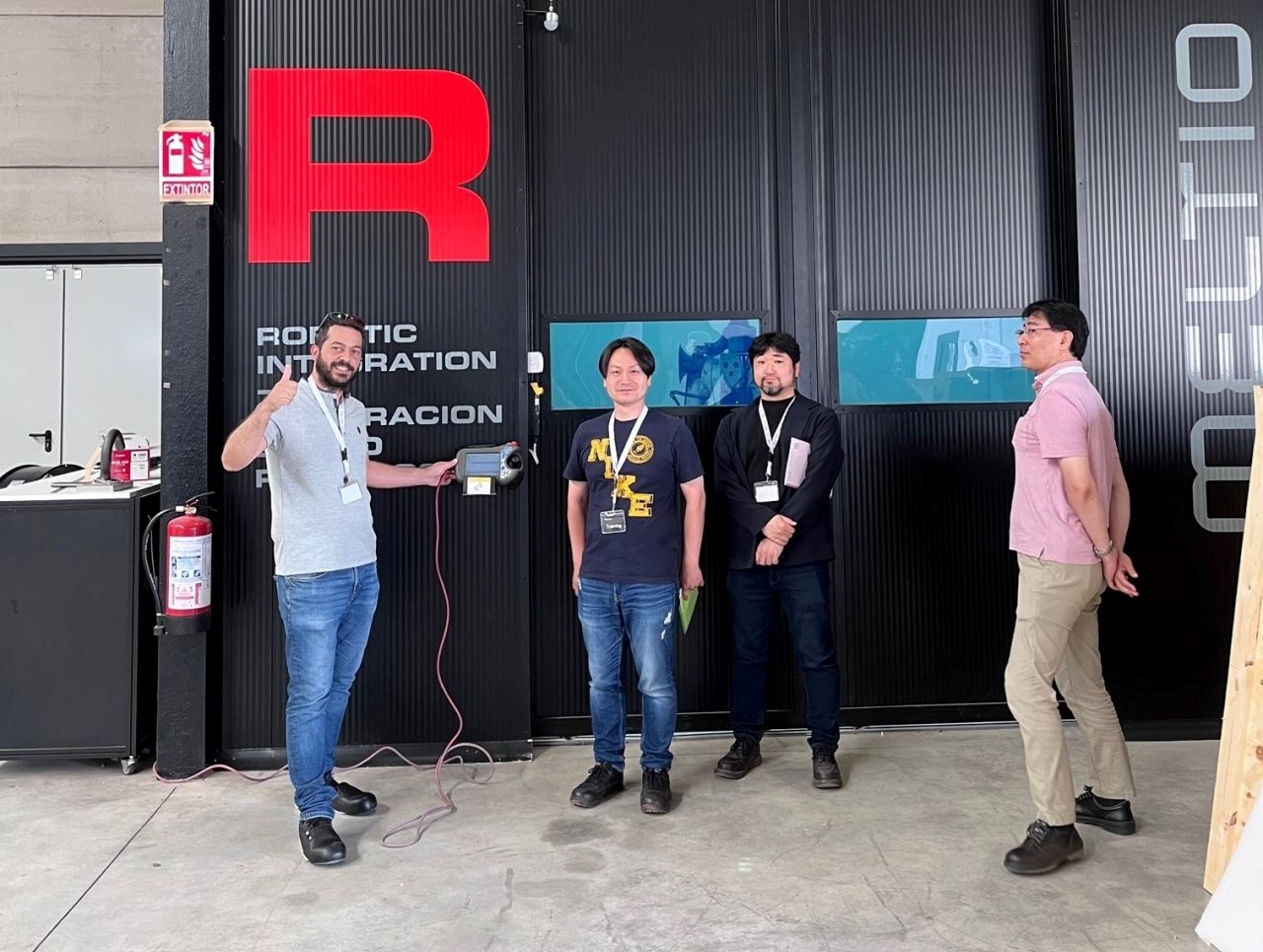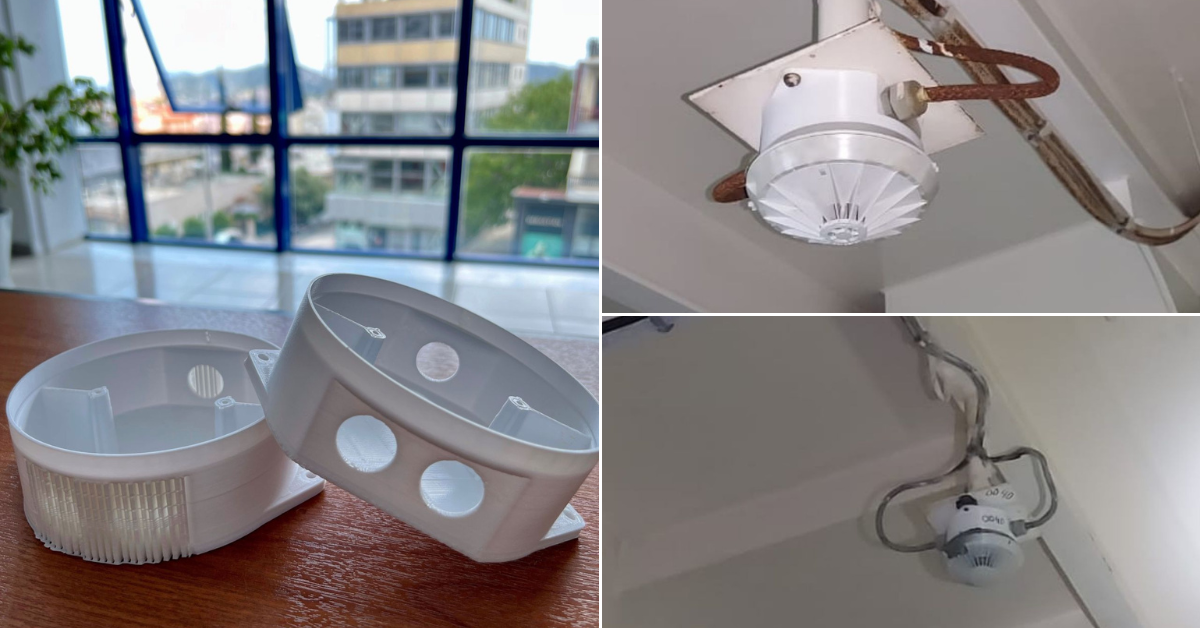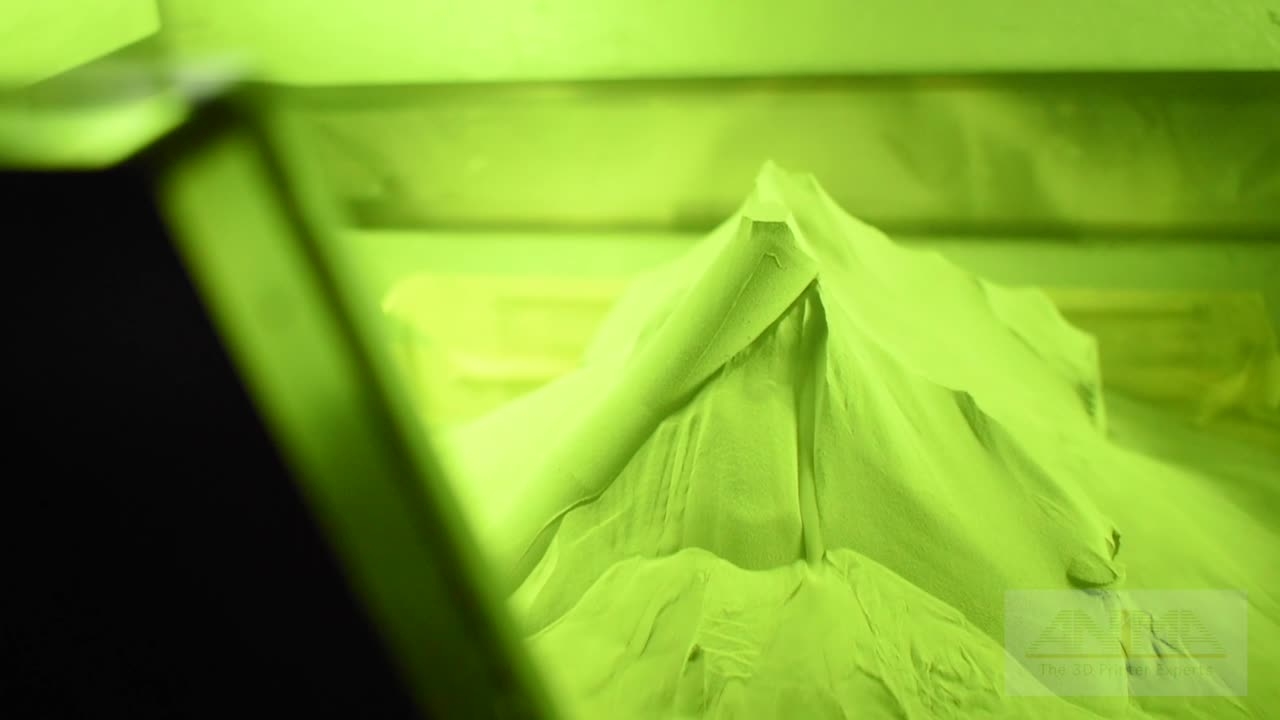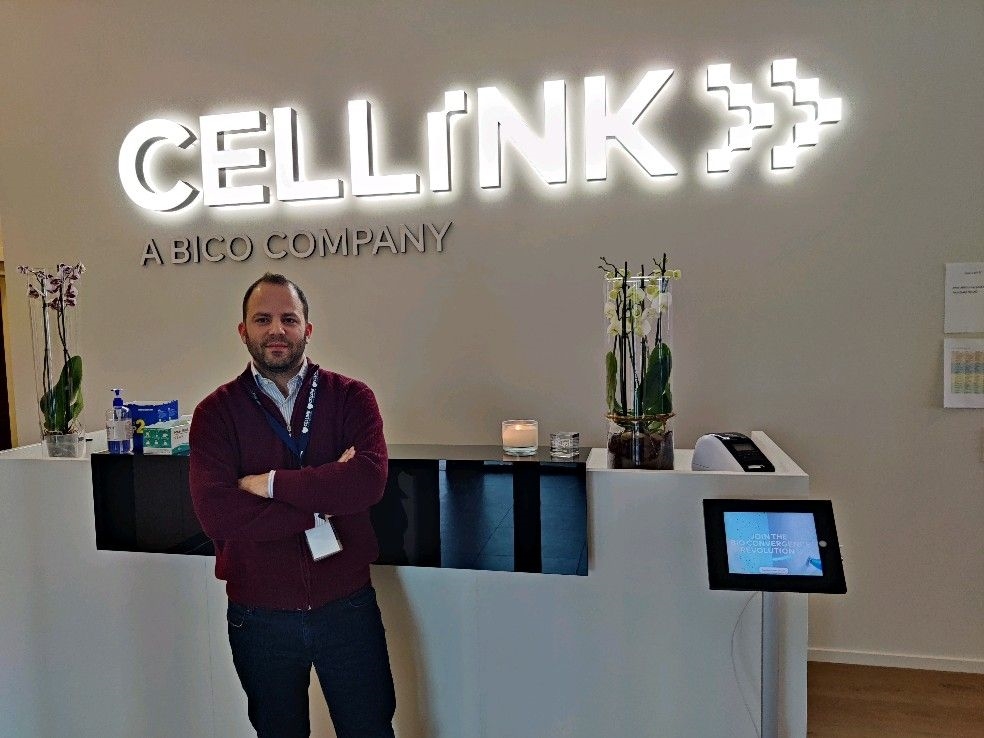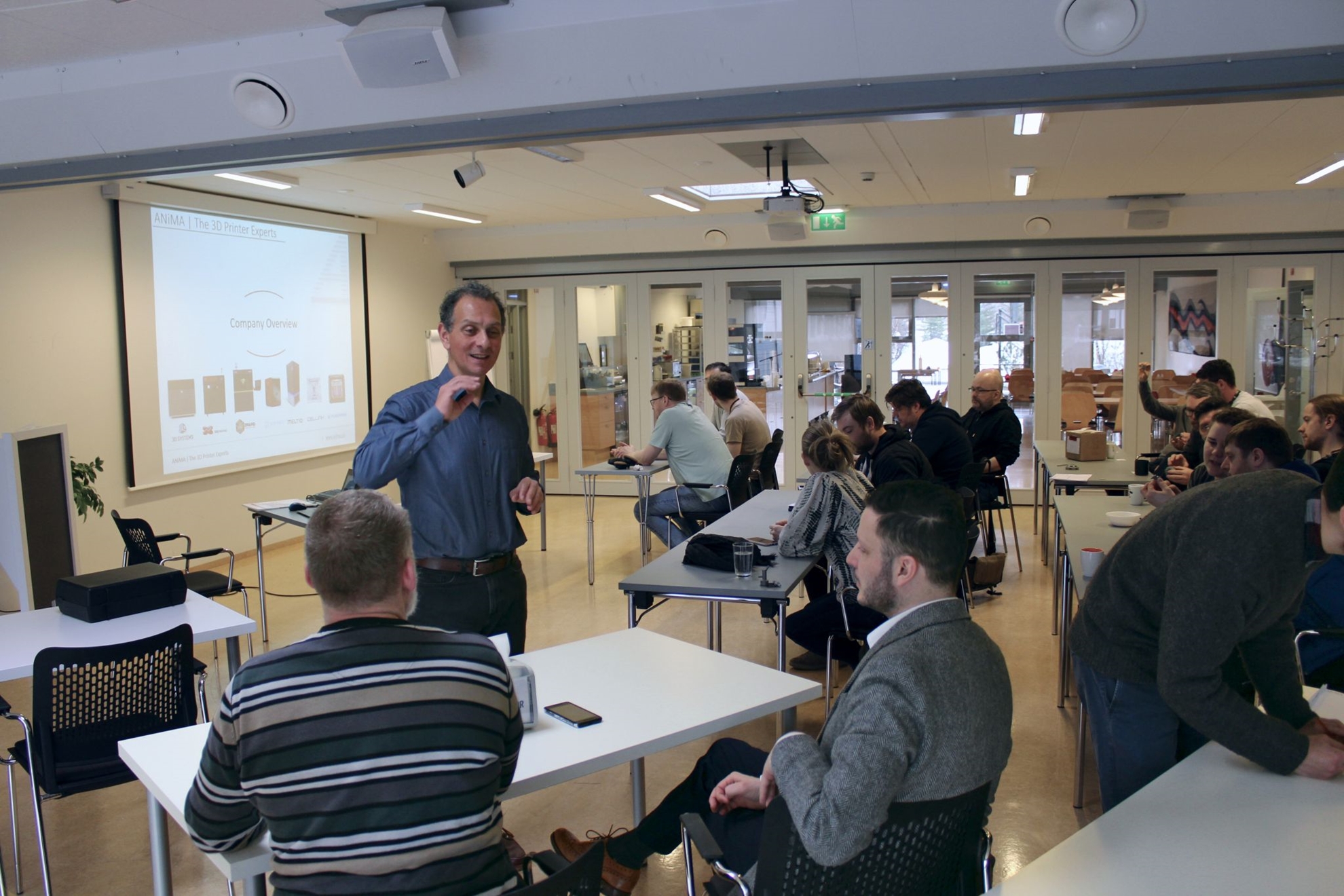Νέα
Παρασκευή, 14 Οκτωβρίου 2022
The first installation in Iceland of ZRapid SLM equipment took place in Tæknisetur (IceTec)!
Many thanks to Dagur Ingi Ólafsson, James Maddison, and everyone else on IceTec's team!
Τρίτη, 4 Οκτωβρίου 2022
SYSKEVASIA 2022 - Σας ευχαριστούμε!
Ήταν χαρά μας να γνωριστούμε από κοντά και να συζητήσουμε για τις εφαρμογές του 3D printing και όχι μόνο.
Πέμπτη, 15 Σεπτεμβρίου 2022
Συμμετέχουμε στην έκθεση SYSKEVASIA 2022
Η ANiMA θα συμμετέχει στην έκθεση SYSKEVASIA 2022, 30 Σεπτεμβρίου – 3 Οκτωβρίου 2022 στο εκθεσιακό κέντρο METROPOLITAN EXPO.
Πέμπτη, 7 Ιουλίου 2022
Customer Success Story: FARAD S.A.
FARAD SA has been designing and manufacturing high-quality tubular & gasketed Plate Heat Exchangers since 1979, serving domestic and international markets, using its long-standing experience, cutting-edge technology, and advanced manufacturing and storage facilities.
Δευτέρα, 27 Ιουνίου 2022
George Dritsas at Meltio's premises
Always looking for new opportunities
Πέμπτη, 23 Ιουνίου 2022
Take a look at this Pipe Manifold
by the Meltio Engine Robotic Integration System.
Τετάρτη, 1 Ιουνίου 2022
3D Printed part for Olympic Shipping and Management S.A
A 3D Printed part for Olympic Shipping and Management S.A. The material used was HIPS.
Δευτέρα, 9 Μαΐου 2022
Production of parts using iSLM160
Just finished the production of some parts, using our iSLM160 industrial-grade metal 3D printer. The material used was Stainless Steel 316L.
Κυριακή, 8 Μαΐου 2022
Visit to CELLINK
Our Customer Business Development Manager George Pantoleon, was in Sweden to visit the new premises of CELLINK.
Δευτέρα, 18 Απριλίου 2022
Talking additive manufacturing technologies at IceTec
Our General Manager, Costas Andronikidis, presented Additive Manufacturing technologies to an audience in Iceland, at the IceTec (Technological Institute of Iceland).









